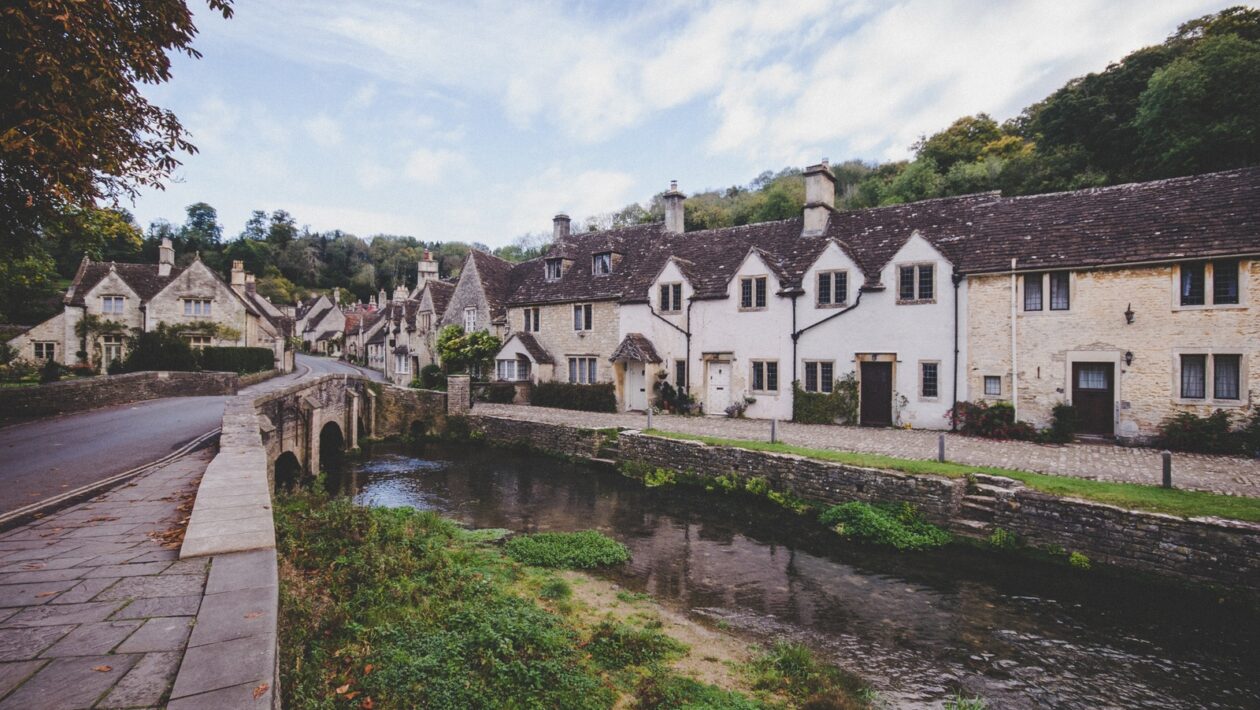Charting Uncharted Waters
The era of maritime exploration during the Elizabethan period (1558-1603) was marked by significant navigational innovations that transformed the way sailors ventured into uncharted territories. These innovations in navigation tools and techniques paved the way for daring expeditions and the expansion of global knowledge.
Advancements in Cartography
Accurate cartography played a pivotal role in maritime exploration. Improved maps, often incorporating information from various voyages, provided sailors with a clearer understanding of coastlines, landmarks, and potential hazards.
Astrolabes and Quadrants
Astrolabes and quadrants were indispensable navigational tools. These instruments allowed sailors to measure the angles between the horizon and celestial bodies, enabling them to calculate their latitude and position at sea.
Compasses and Magnetic Navigation
The magnetic compass, a longstanding navigational tool, revolutionized maritime exploration. Sailors used compasses to determine their direction in relation to magnetic north, enabling more accurate course plotting and longer journeys.
Cross-Staff and Backstaff
The cross-staff and backstaff were used to measure the altitude of celestial bodies above the horizon. These tools were essential for determining latitude by measuring the angle between the horizon and the sun or stars.
Quadrant and Nocturnal
The quadrant and nocturnal were tools used for measuring the altitude of celestial bodies at night. The nocturnal, in particular, allowed sailors to determine the time based on the position of stars.
Logbooks and Dead Reckoning
Logbooks and dead reckoning were techniques used to estimate a ship’s position based on its last known position, course, and speed. While not as precise as celestial navigation, these methods provided sailors with valuable information during long voyages.
Legacy and Modern Navigation
The navigational innovations of the Elizabethan era have left an enduring legacy. Modern navigation still relies on principles developed during this period, even as advanced technology has taken navigation to new heights.
Redefining Maritime Exploration
The exploration of navigational innovations during the Elizabethan era invites us to redefine the concept of maritime exploration. By examining the tools and techniques that enabled sailors to traverse the unknown, we gain insight into the spirit of adventure that propelled humanity to chart new horizons.
Conclusion
The navigational innovations of the Elizabethan era were the compasses and astrolabes that guided sailors across uncharted waters. These tools empowered explorers to embark on daring voyages, expanding the world’s horizons and reshaping the course of history through the spirit of maritime exploration.

